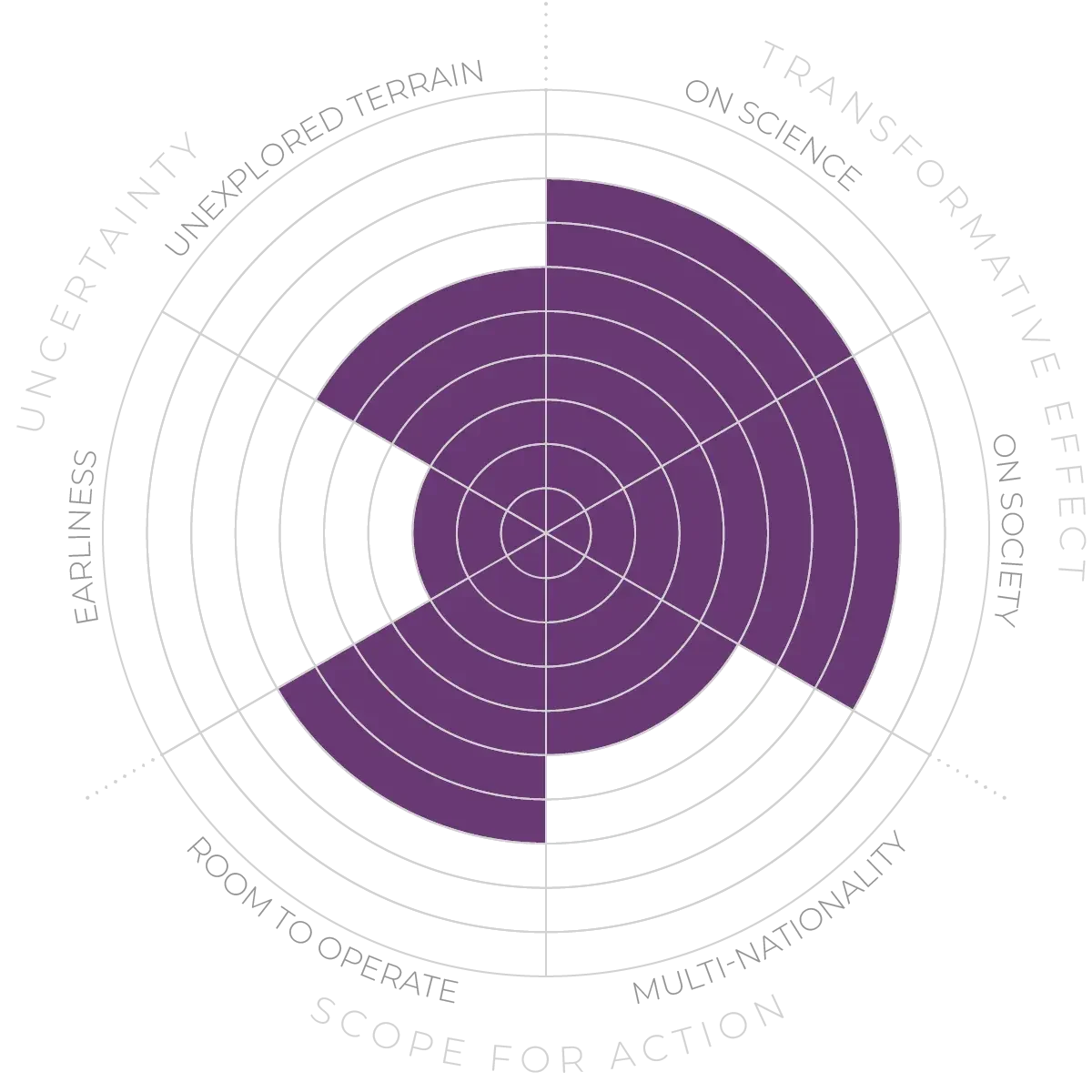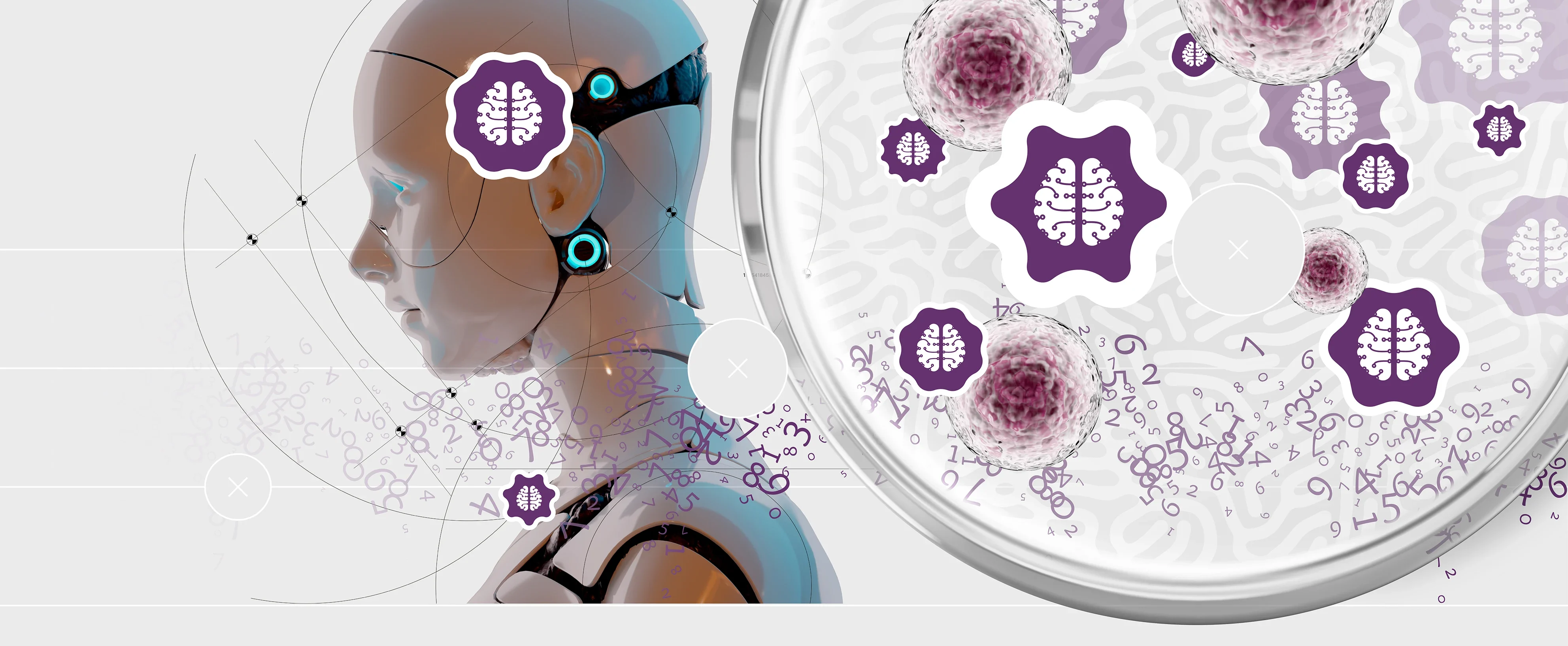Rather than trying to create software and hardware that mimics the way the brain works, an emerging field of research seeks to coax nature’s most powerful computing technology — biological neural networks — into carrying out computations.
Future Horizons:
10-yearhorizon
Fundamental science breakthroughs give organoids useful function
25-yearhorizon
Organoids are integrated with conventional electronics
Improvements in the technology required to sustain and interface with organoids mean that they can now be easily integrated with conventional electronics in an ethical manner. They are routinely used for sensory functions in robotics, and interconnected networks of organoids are now able to carry out highly complex computations. Unconstrained by the body, brain organoids can be built at scales beyond anything possible in nature, allowing them to tackle novel computational problems. The rapidly improving capabilities of organoids provoke ethical work practices and discussion about the suppression of any development of consciousness and sentience.
This possibility has only just become tractable thanks to recent advances in organoids: simplified and miniaturised versions of organs created using stem-cell technology. Small conglomerations of human neurons have replicated some of the form and function of our brains.16 Now researchers are investigating whether these organoids could be used to create new hybrid computing technologies that combine biological and electronic components.17
Early experiments have shown that neural cultures can be taught to play video games, show features of reservoir computing or implement computer logic.18,19,20,21 If the technology can be scaled up it could have applications in AI, robotics and brain-machine interfaces.
Significant advances will be needed first, however, including engineering larger, more complex organoids, interfacing with them reliably and understanding how they learn and compute.22 There has been recent progress in more sophisticated “assembloids” that model several brain regions23,24 as well as boosting the diversity of cell types.25,26 New 3D electrode arrays are also providing more sophisticated interfaces27,28 and the extensive hardware required to sustain living cells is getting miniaturised.29
Dreams of living computers remain distant, however, and in the near term the technology will be a tool for brain research and biomedical testing. There are also ethical concerns around when, and whether, more sophisticated organoids could be thought of as conscious entities in their own right.30,31
Organoid intelligence - Anticipation Scores
The Anticipation Potential of a research field is determined by the capacity for impactful action in the present, considering possible future transformative breakthroughs in a field over a 25-year outlook. A field with a high Anticipation Potential, therefore, combines the potential range of future transformative possibilities engendered by a research area with a wide field of opportunities for action in the present. We asked researchers in the field to anticipate:
- The uncertainty related to future science breakthroughs in the field
- The transformative effect anticipated breakthroughs may have on research and society
- The scope for action in the present in relation to anticipated breakthroughs.
This chart represents a summary of their responses to each of these elements, which when combined, provide the Anticipation Potential for the topic. See methodology for more information.



